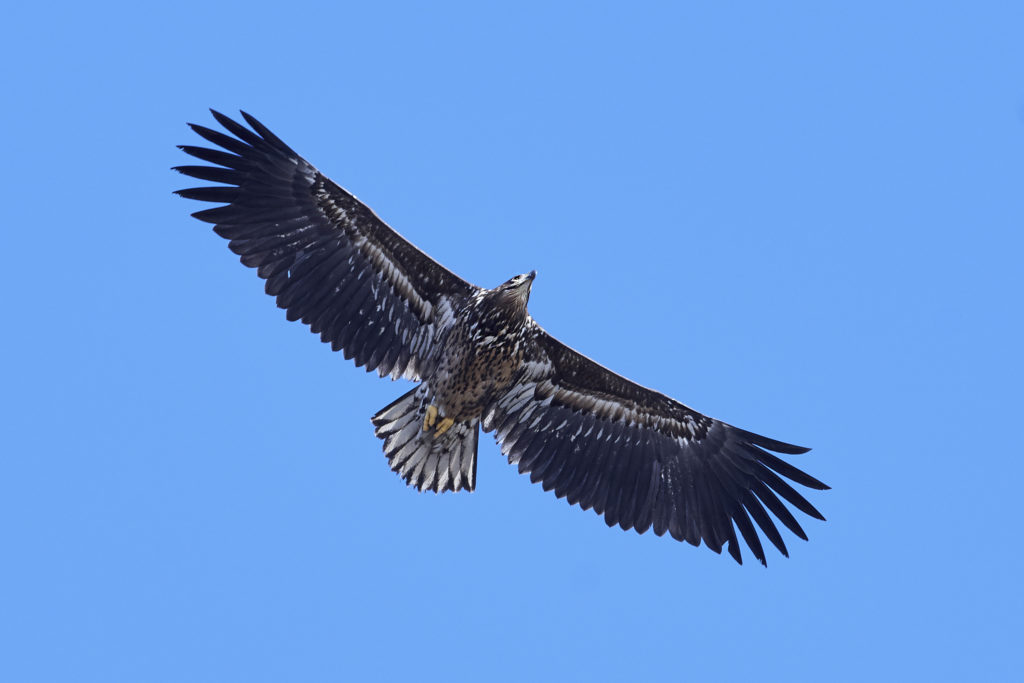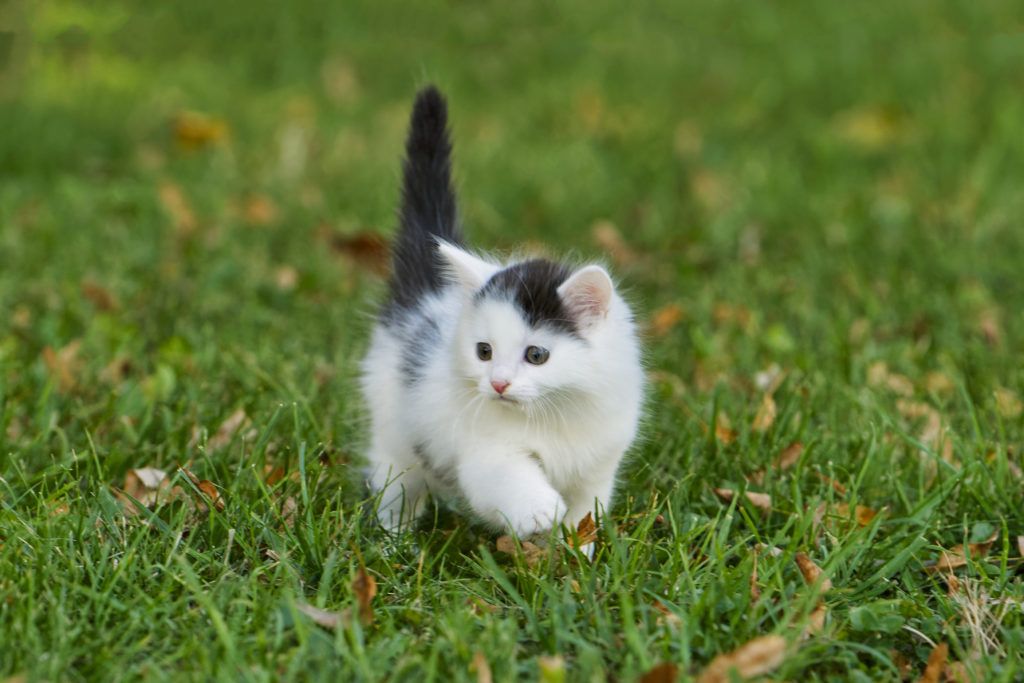You may have heard nightmarish news stories of birds of prey (also known as raptors) swooping down to attack a family pet
Still, it’s important to be aware of anything that could potentially harm your pet, and as they say, an ounce of prevention is worth a pound of cure. With a little knowledge about birds of prey, along with a few simple precautions, you can keep your furry family member — and yourself — safe from raptor attacks.
Ahead, read up on some basics regarding birds of prey. You are your pet’s biggest advocate, and the more you know, the better you can help protect them.
1. What Are Birds Of Prey?

According to PetMD, hawks, eagles, owls, osprey, kites, falcons, and sometimes vultures are generally considered birds of prey (and of course, there are subspecies within each category). These are carnivorous birds with sharp beaks and talons and incredibly sharp eyesight.
2. What Types Of Pets Are In Danger Of A Raptor Attack?
The short answer is that any pet can get attacked by a raptor, but smaller ones are more likely to suffer from severe injuries.
Birds of prey usually eat rodents, squirrels, rabbits, as well as amphibians, reptiles, insects, and fish. Because they’re on the lookout for small mammals, small pets — such as guinea pigs, rabbits, puppies, kittens, or little cats and dogs (especially toy breeds) — are in particular danger of being viewed as a meal.

However, the territorial birds have also been known to attack creatures who are much bigger than themselves (including humans), especially if they feel threatened. That’s why, if you see a bird or nest nearby, it’s imperative to stay away and respect their space — and keep your pet far away, too!
In the event of an attack, smaller pets may be more likely to become gravely injured because they’re often more delicate. Plus, if they only weigh a few pounds, it’s possible for a bird to pick them up and try to fly away (they can even end up being dropped on the ground). Any animal that comes in direct contact with a bird of prey should be taken to the vet ASAP; there could be more damage than meets the eye.
3. How Do I Keep My Pets Safe?
Despite being cautious, there may still be lots of raptors around your yard. If this is the case, you should never keep your pets outside unsupervised. Not only can you keep an eye on them,
If you and your whiskered pal are out on a nature walk, be sure to keep them on-leash, keep your eyes and ears open, and always scan your surroundings (here are some more hiking safety tips for both dogs and cats).
In the instance that a raptor does swoop down toward your furry friend, pick them up immediately and take them indoors or under cover, if possible. To scare the bird off, make big gestures and loud noises; in the case of owls, who prefer dark or low light, a flashlight beam can scare them away. You can even purchase a raptor shield for your pet, which is made with puncture-resistant material.
One final thing to remember: when it comes to methods of defense, keep in mind that birds of prey are federally protected, and that hurting or killing them can lead to serious legal consequences.

